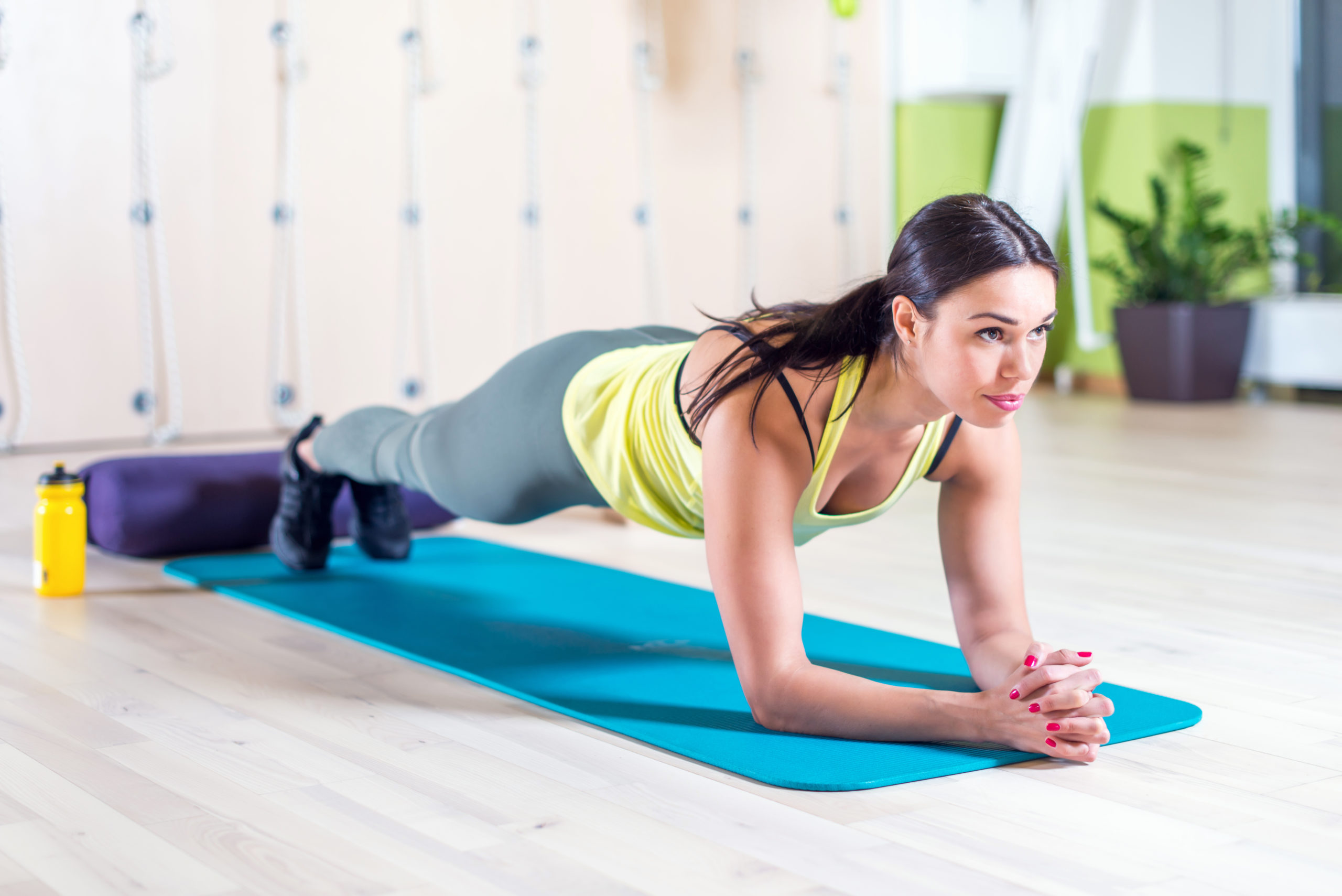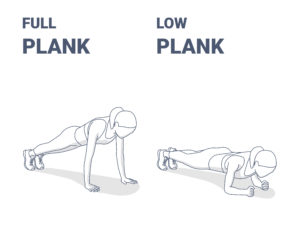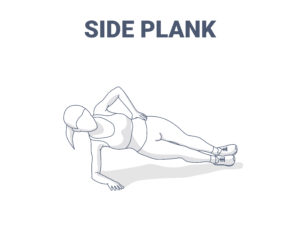Planks are a simple static movement that can be performed anytime and anywhere. Requiring no equipment and only
a few minutes of time, planks are a great exercise to incorporate into your daily routine. But, let’s face it—planks can be hard! Regardless of how much you love ‘em or hate ‘em, there are plenty of benefits to planks, but why is this one-step exercise essential?
#1 Bye Bye Back
Planking helps build a strong core, which can protect the back from pain and injury, according to the Cleveland Clinic. Planking teaches the body to brace the core muscles, a skill that can be translated to everyday life. The more the core is engaged, the better protection for everyday back strains.
#2 Build Strength in Multiple Muscle Groups
According to Healthline, planking strengthens all of the core muscles including the obliques, rectus abdominis and transverse abdominis. Planking also activates and strengthens muscles in the hips, shoulders and back.
#3 Improve Stability and Posture
Because planks target the core muscles of the trunk, strengthening them can help improve stability and posture. Improved stability helps with everyday tasks such as lifting groceries. Stability also improves athletic endeavors such as squatting, deadlifting and overhead pressing (which are all also used in everyday life), states the Cleveland Clinic. Simply adding planks to your routine will not cause great posture improvement but the recurrent practice will create muscle memory. This means that your muscles will remember to engage regularly, causing you to stand more upright.
#4 Do It Anytime, Anywhere
The beauty of the plank is that not only does it build strength and stability, but it also takes very little time and can be completed essentially anywhere! Aim to plank three to four times per week, gradually increasing the time and complexity. Plank during commercial breaks or while you’re waiting for dinner to cook!
How to Plank
OPTION 1: HIGH PLANK (STRAIGHT ARMS)
Lying with your stomach on the floor, push your body into a push-up position with arms extended. Wrists should line up directly beneath shoulders. The body should be in a straight line with pelvis tilted slightly forward, but with hips in a straight line (not high hips in the air!)
OPTION 2: LOW PLANK (ON BENT ELBOWS)
In this variation, elbows line up directly under shoulders. Body remains in a straight line, same as in option 1.
OPTION 3: SIDE PLANK
A static plank hold can also be completed on the side to target obliques. As seen in options 1 and 2, the elbow or wrist will line up directly under the shoulder on one side. The body will be in a straight line, with hips lifted off the ground. The top foot can be placed slightly in front of the other foot for stability.
DOSE AND FREQUENCY
Aim to plank three to four times per week. Start at 20 second intervals. Aim for 3-4 sets of 20 seconds, gradually increasing by
five to ten seconds per attempt. Once you can hold static for several minutes, try challenging yourself by rocking forward and backward in your standard plank or completing hip dips in a side plank.



